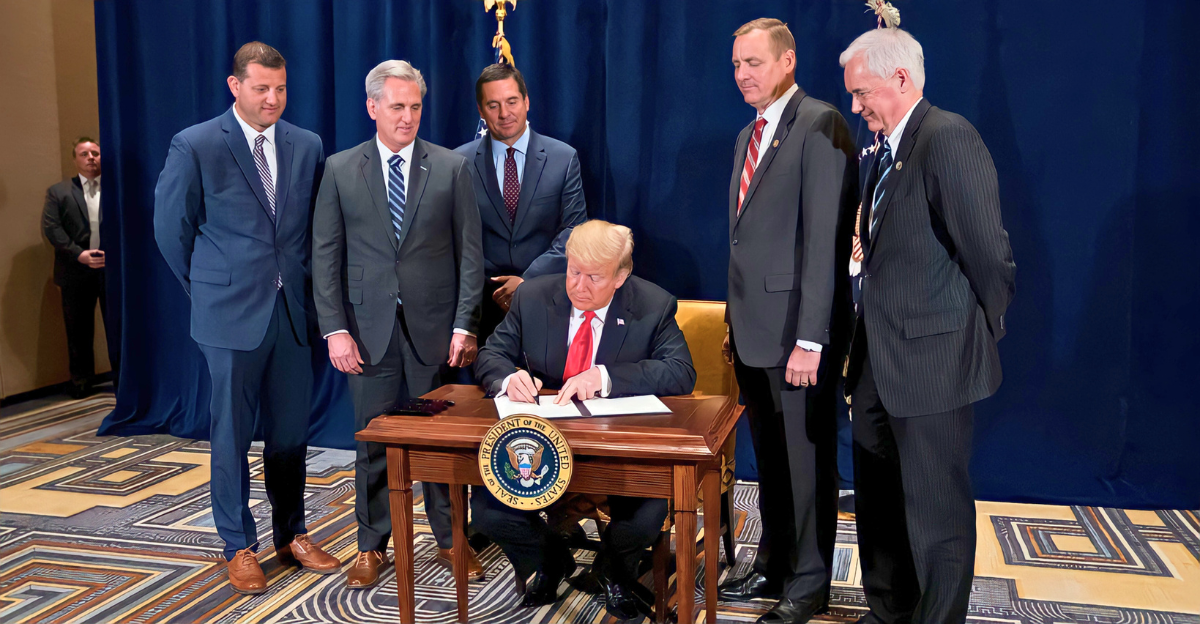
In mid-August 2025, the Trump administration enacted one of the most sweeping purges of security clearances in recent American history, stripping access from 37 current and former national security officials. Never before had so many clearances been revoked in a single action, and the breadth of those targeted signaled new heights in politicization of national security protocols.
The move quickly drew condemnation from current and former officials, who saw it as an unmistakable attempt to punish and silence voices that had either publicly or privately contradicted the president’s narratives. But is this why?
The Presidential Directive and Memo Announcement
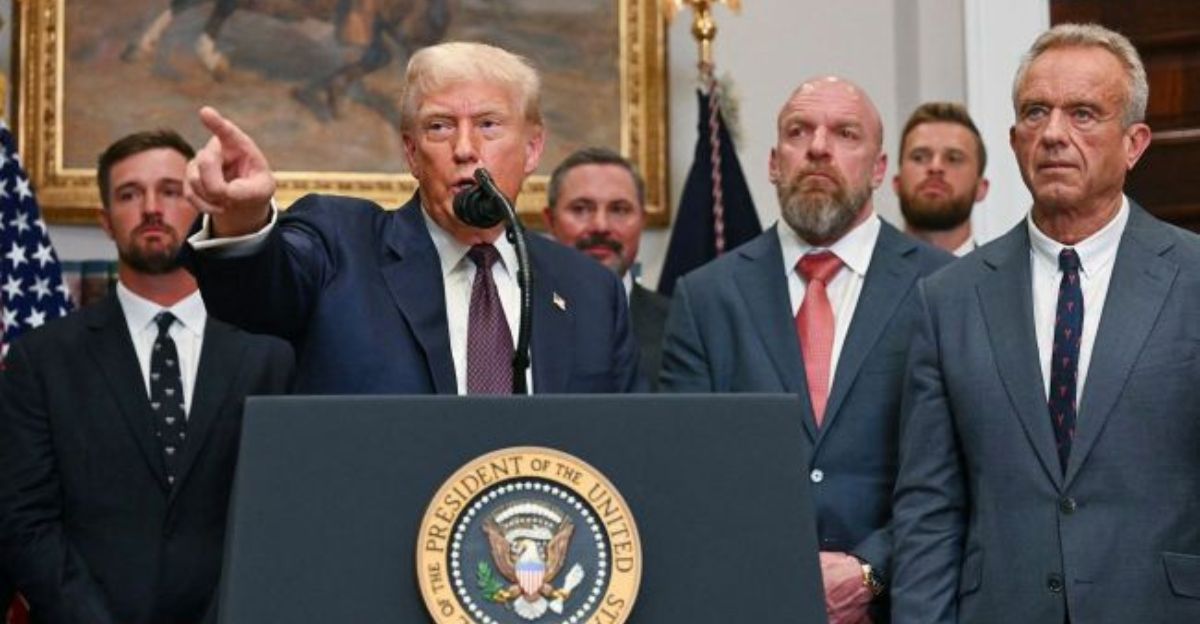
The revocation of security clearances for 37 officials was formalized through a directive issued by President Trump and delivered publicly by Director of National Intelligence Tulsi Gabbard. The announcement did not arrive as a generic policy shift but as a direct consequence of what the administration viewed as failures to uphold the “oath to the Constitution and the sacred trust” expected from intelligence professionals.
“All personnel are reminded that holding a clearance is a privilege, not a right, and this privilege is contingent upon continued adherence to the principles and responsibilities of our profession,” Gabbard wrote in the memo. “Any betrayal of these standards compromises not only our mission, but also the safety and security of the American people.”
The Role of Tulsi Gabbard
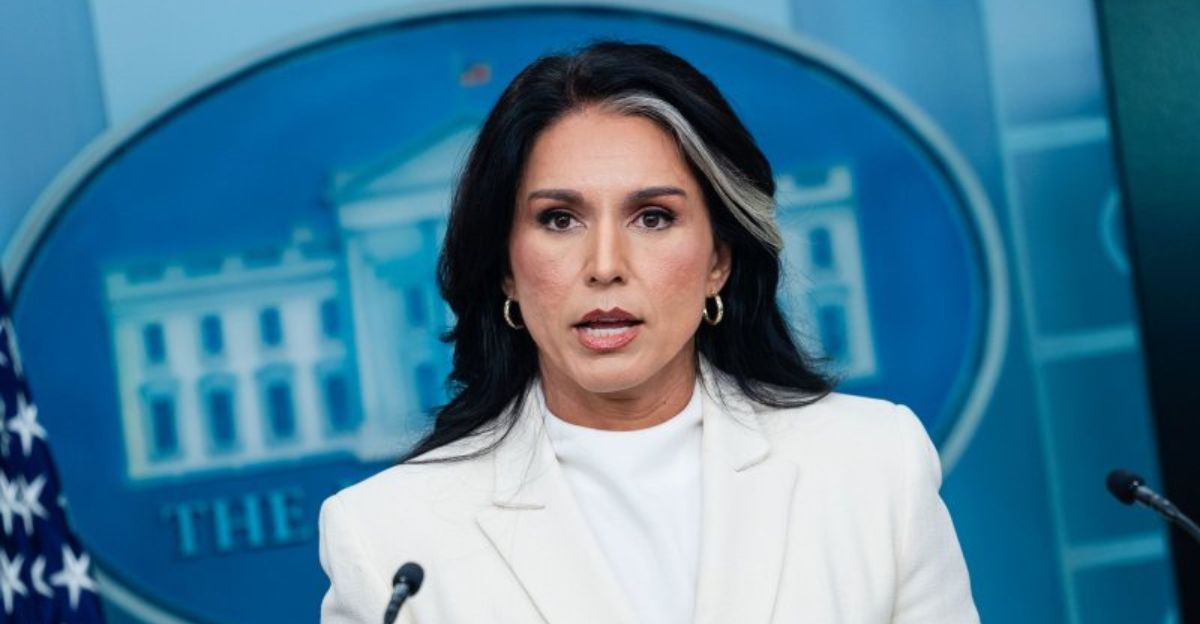
Tulsi Gabbard, Director of National Intelligence during the Trump administration, officially signed and disseminated the memo detailing the revocation of 37 security clearances. In her memo, Gabbard underlined the seriousness of the administration’s position, making clear that adherence to the administration’s standards was now inseparable from continued access to classified material.
Critics argued that Gabbard’s execution of Trump’s directive stood in contrast to precedents established by previous Directors of National Intelligence, who had maintained strict separation between political objectives and clearance adjudication.
Allegations of Politicization
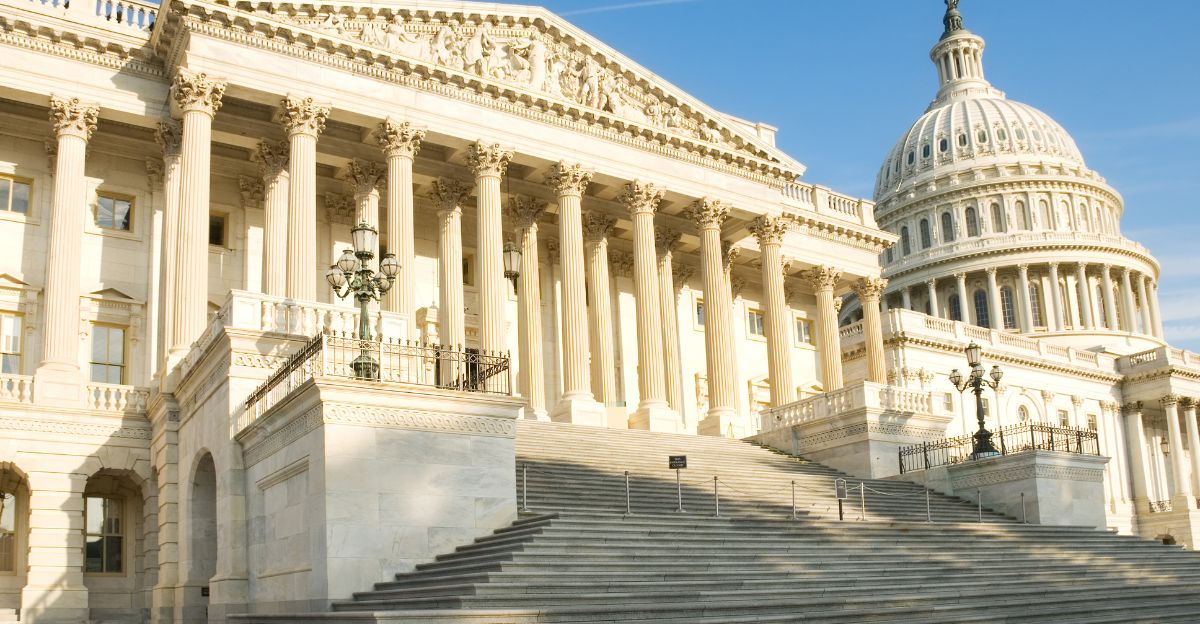
The Trump administration’s rationale for stripping security clearances was public and internal allegations of “politicizing or weaponizing intelligence for personal or partisan gain.” This phrase, repeated in both public statements and the official memo, pointed to a belief within the administration that certain officials had used their access to classified information to undermine presidential authority or advance their own views.
Critics quickly noted that the allegations appeared broad and subjective, raising serious concerns about due process. “When members of the Intelligence Community prioritize their own interests over those of the nation, they ultimately betray the mission entrusted to them,” said Gabbard.
Scope of Individuals Affected
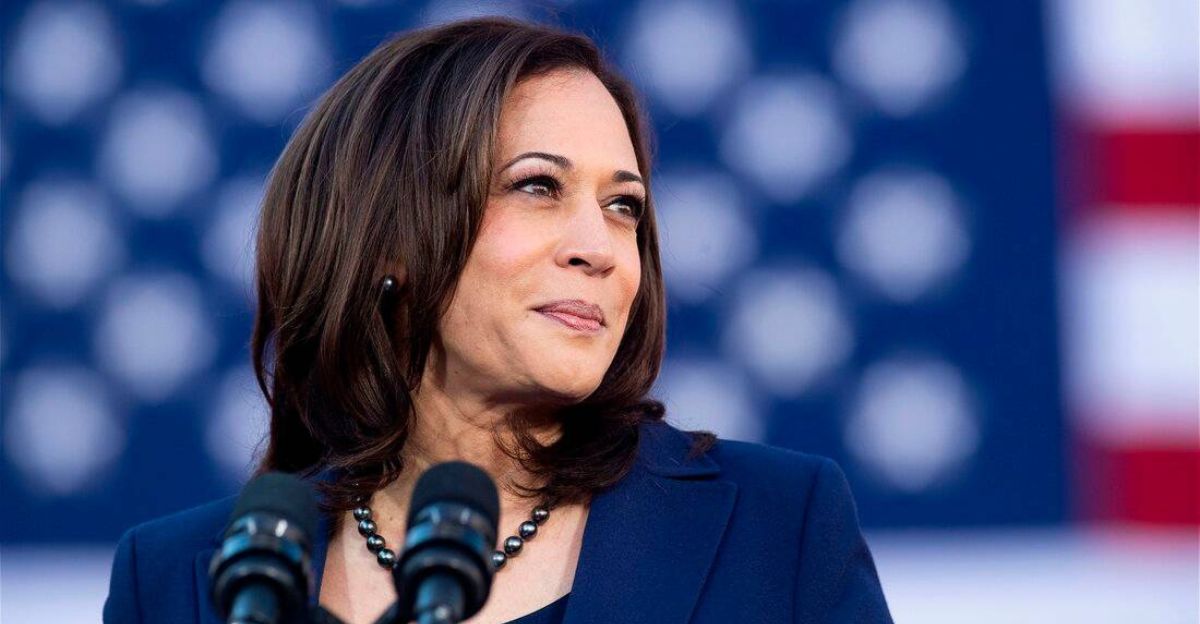
The list included prominent officials from the Biden and Obama administrations, like Vice President Kamala Harris, Secretary of State Antony Blinken, and former Secretary of State Hillary Clinton.
In addition to these headline names, the order extended to less recognizable individuals, such as analysts, mid-level staffers, and technical experts, who were pivotal in drafting intelligence assessments, especially those concerning interference in U.S. elections and foreign threats. “I have determined that it is no longer in the national interest for the following individuals to access classified information,” Trump’s memorandum read.
Critical Reaction from the Intelligence Community

The intelligence community responded with immediate and forceful criticism to the Trump administration’s revocation. Mark Zaid, an attorney specializing in national security law and representing several individuals affected, described the administration’s actions as “unlawful and unconstitutional decisions that deviate from well-settled, decades-old laws and policies that sought to protect against just this type of action”.
Former intelligence officials echoed these concerns, warning that the broad and public nature of the action risked undermining morale and trust within the intelligence workforce.
Connection to Russian Election Interference Review
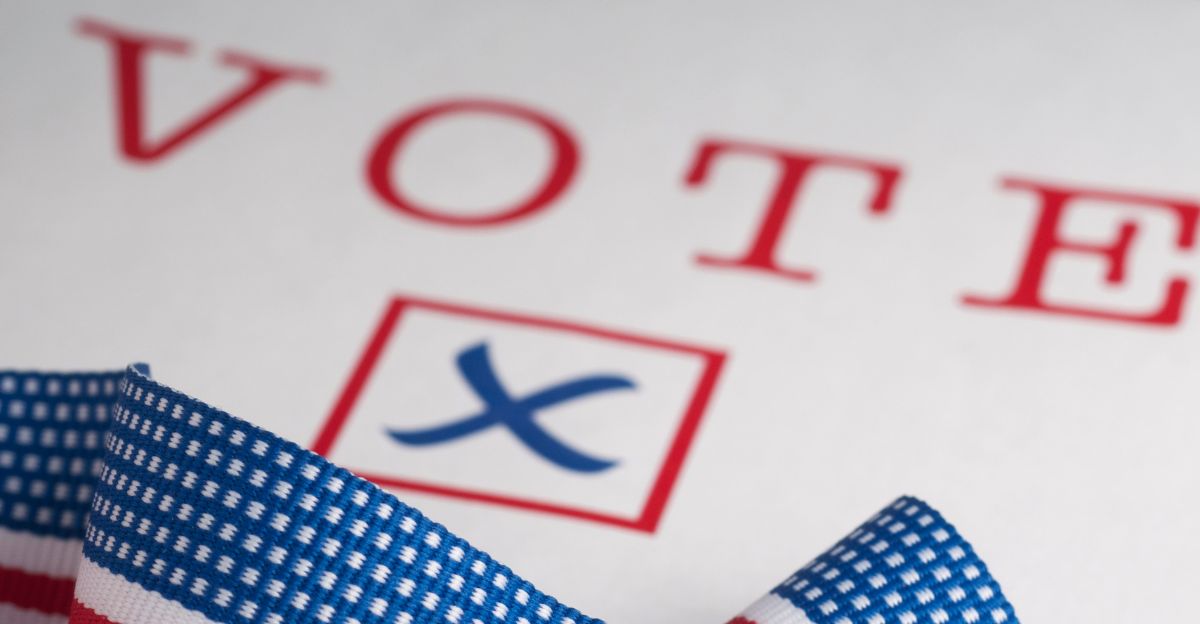
Many of the officials whose security clearances were revoked had participated in the highly sensitive process of reviewing Russian election interference, particularly regarding the U.S. elections in 2016 and 2020.
Their work became a focal point for the Trump administration’s grievances with the intelligence community, as official assessments and public testimony consistently pointed to significant efforts by Russian actors to influence the American democratic process.
Long-Standing Pattern of Retaliation
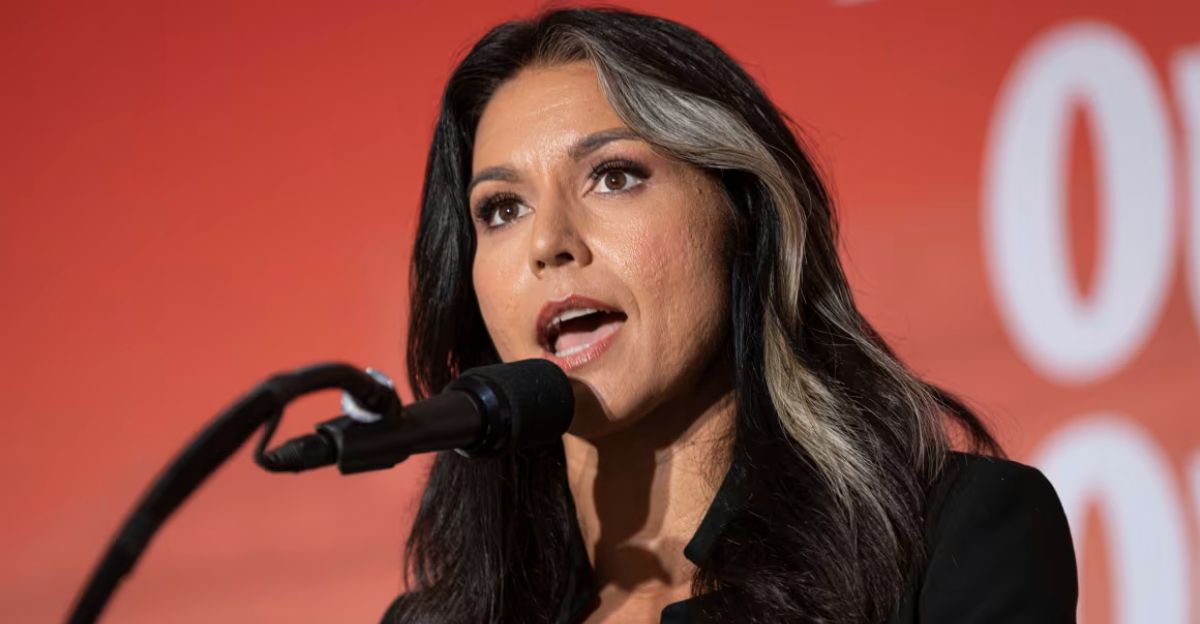
The mass revocation of security clearances was not an isolated event, but the latest step in a recurring pattern of retaliatory actions linked to the Trump administration’s approach to dissent and perceived disloyalty. The revocation order was seen by many as the culmination of an evolving strategy to suppress or discourage internal opposition and to send a clear message to current intelligence workers.
“Clearance revocation should never be a weapon used against those who seek to inform honestly and objectively,” stated the American Intelligence Professionals Association.
Lack of Specific Allegations

The official memorandum and public statements relied on sweeping accusations, such as “leaking classified information without authorization” or “failing to adhere to analytic tradecraft standards,” without identifying concrete incidents or providing supporting documentation for each individual targeted.
This lack of specificity led to immediate criticism from legal experts, former officials, and advocacy organizations. By choosing broad categorical accusations over individualized review, the administration effectively denied affected officials the right to defend themselves or contest the charges.
The Consequences of Disagreeing

Experts and former officials warn that intelligence professionals may now fear offering frank, evidence-based assessments or voicing critical opinions, even when required by their role, could jeopardize their careers and livelihoods. Rather than adhering to standard investigative protocols, the administration relied on broad accusations such as “politicizing intelligence” and “failing analytic tradecraft standards,” without specific supporting documentation.
This ambiguity means that even conscientious analysts, who routinely debate policy implications and threat assessments, may wonder if disagreeing with prevailing political narratives puts them at personal risk.
Impact on Careers Beyond Government

Security clearances are essential for roles in private industry, especially companies contracted by the Department of Defense, federal intelligence agencies, or sensitive technology firms. Losing clearance can mean instant termination from ongoing projects, ineligibility for new assignments, and exclusion from government contracting opportunities.
This impact even reached academia and think tanks, where clearances often enable access to classified briefings, joint research, and policy advising. The loss can cut scholars and experts off from vital information, stalling crucial innovation and policy development.
Previous Loss of Clearances
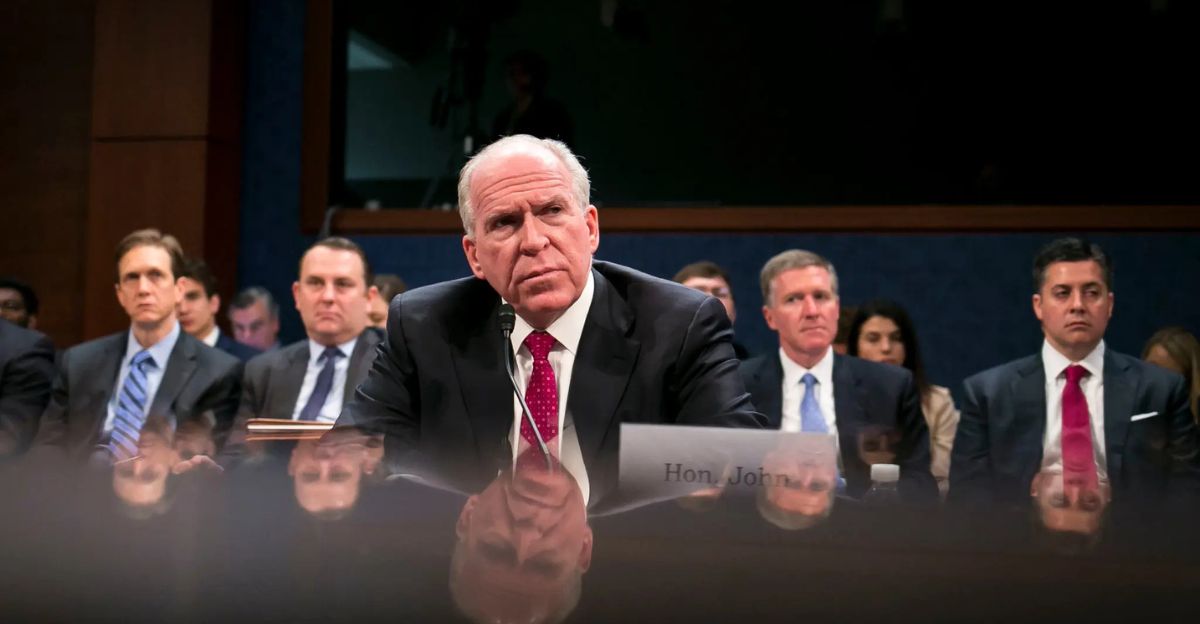
Previous instances often combined direct presidential orders with public threats, sometimes announced via social media or press briefings, rather than through formal adjudicative channels. Trump’s approach, however, recast clearance loss as a political tool. Public notifications and lack of specific allegations in the formal process heightened the perception that revocations were meant to punish dissent rather than protect national secrets.
This shift in precedent fueled ongoing debate about the proper boundaries of executive authority in clearance adjudication and the need for transparent, evidence-based review mechanisms.
Responses from Those Targeted
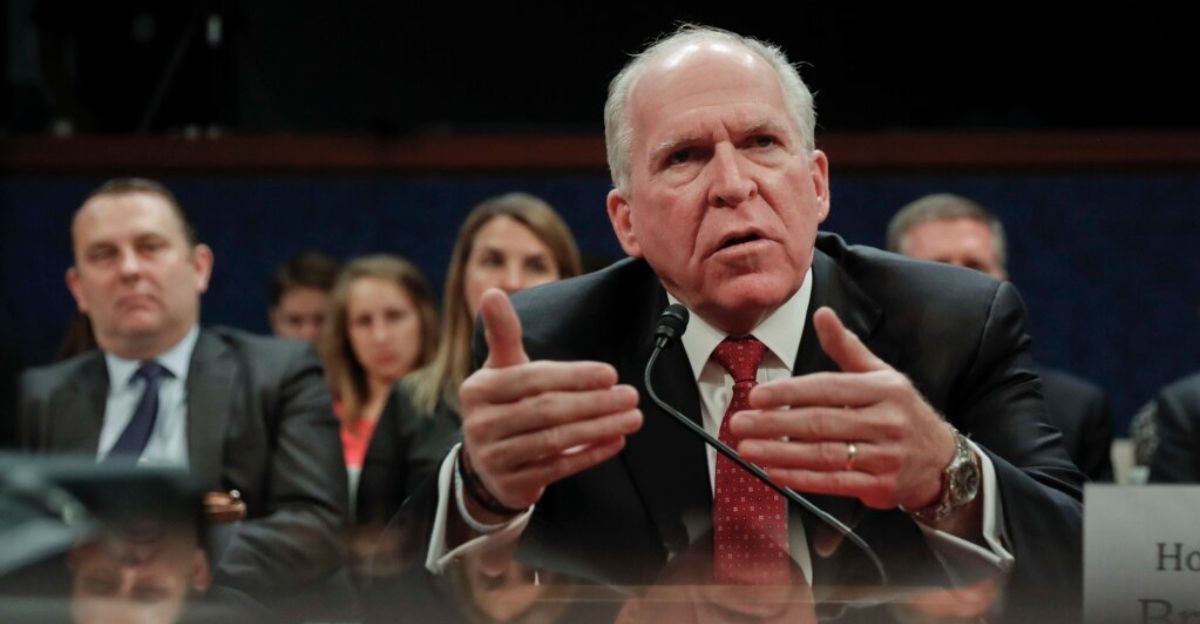
The individuals whose security clearances were revoked reacted with outrage, sadness, and concern for the state of American democracy and professionalism within the intelligence community. Several affected officials described feeling blindsided by the public and sweeping nature of the purge, highlighting the absence of any due process or prior notification.
Many had devoted decades to what they saw as objective, evidence-driven service to the country. “I never imagined that my commitment to telling uncomfortable truths—backed by evidence—would result in being shut out, my career terminated overnight,” said another senior analyst who participated in Russian interference review panels.
Legal Challenges Expected

Legal experts argue that the administration failed to follow established protocols, which typically require notifying subjects of pending clearance loss, providing specific allegations, and allowing for rebuttal or appeal before final action. With some of those stripped of clearance retaining jobs in sensitive private-sector roles, the consequences suddenly became more than symbolic.
Career disruptions and lost contracts led multiple former officials to seek legal remedies, aiming to restore their clearances or, at a minimum, obtain fair hearings. A prominent national security attorney, Mark Zaid, said, “The administration failed to inform affected individuals and instead leaked the memo to sympathetic media outlets. This is not how the law is supposed to work.”
Security Industry Implications

Security clearances are not just essential for current federal employees but are also a prerequisite for countless positions in private industry, especially among contractors who support federal agencies with sensitive information, classified research, and advanced technological development.
Stripping these clearances abruptly forced affected individuals to be immediately removed from high-level projects or even terminated from their positions. In the defense and intelligence contracting world, clearance status determines eligibility to work on anything involving sensitive or classified materials.
Courtesy Versus Retribution
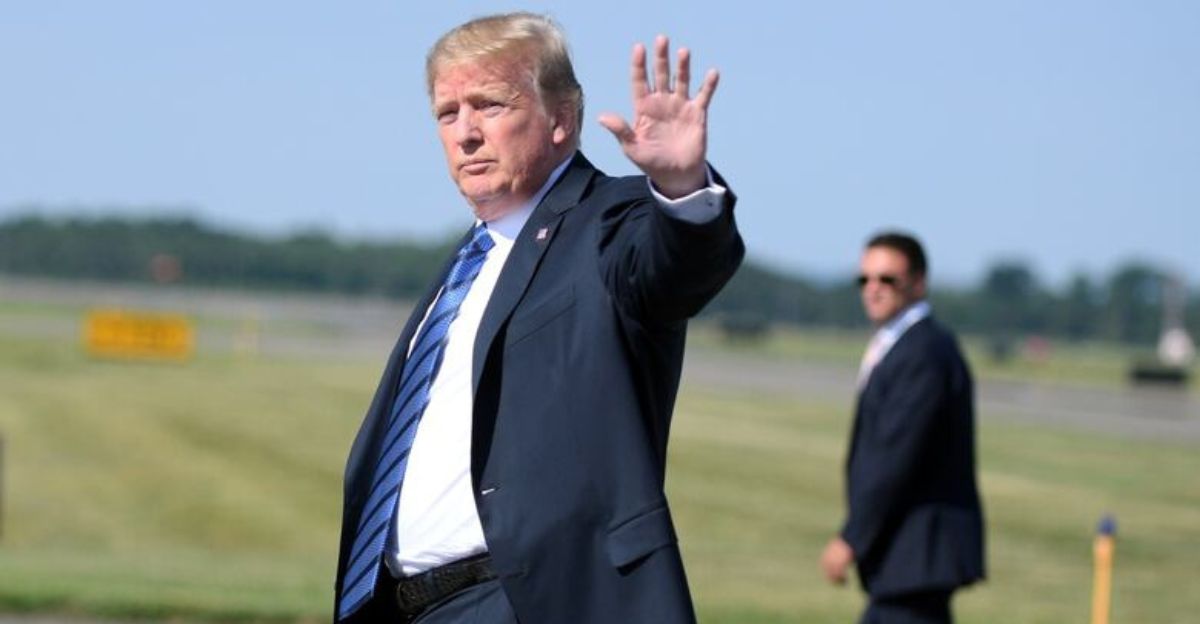
Traditionally, former presidents, senior national security officials, and political adversaries retain their security clearances as a matter of courtesy, recognizing their expertise and contributions while enabling them to consult, advise, or participate in emergencies. The Trump administration sharply broke with this bipartisan norm.
Trump’s August 2025 memorandum barred former presidents, senior officials, and lawyers who had legally challenged Trump associates from classified briefings and secure sites.
Involvement of Trump Allies
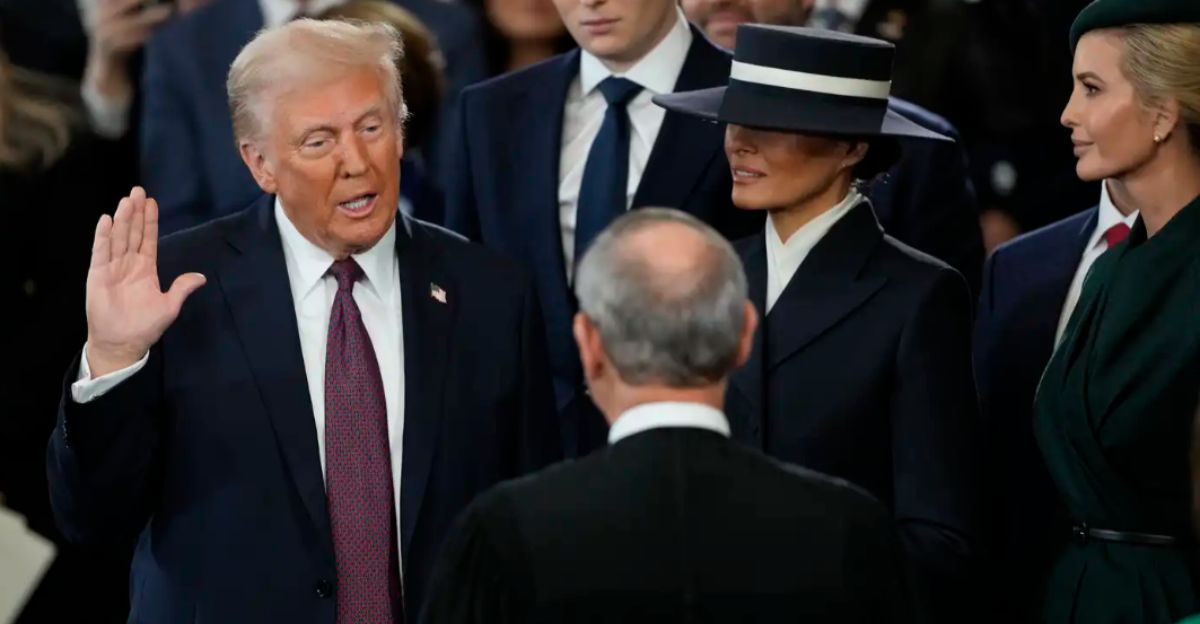
Trump’s mass security clearance purge was fueled and amplified by active participation from his right-wing allies and political loyalists. In the weeks leading up to the announcement, far-right activists and allies circulated critical letters on social media. These letters, signed by some former officials and senior national security figures, were highlighted by close Trump supporter Laura Loomer and others, explicitly calling for revocations.
In some cases, allies pointed out the past involvement of unnamed officials in the impeachment inquiry into Trump, further targeting them as “enemies” within government ranks.
Revocation Extends to Families

The directive explicitly included family members, most notably “any other member” of the Biden family. This marked an unprecedented extension of punitive action and placed presidential opponents and their families under the same restrictive order. Previously, clearance revocations for former officials were rare and narrowly targeted, focused on individuals directly accused of misconduct or specific breaches.
In contrast, Trump’s approach swept up not only President Joe Biden (after his term) and Vice President Kamala Harris, but also spouses, adult children, and relatives who may have held clearances in their own right through government, military, or contracting roles.
Safety, Security, and Ongoing Investigations

Officials stripped of their clearances were immediately removed from all classified systems, facilities, materials, information, and any federal contracts or employment they held. The rationale, as outlined by Director of National Intelligence Tulsi Gabbard, framed the clearance purge as a way to restore integrity and prevent further breaches, stating that “continued adherence to the principles and responsibilities of our profession” was now required for anyone to retain privileged status within government security systems.
Federal agencies scrambled to update their systems and review collaborations, cutting ties with affected individuals and even reassessing ongoing investigations and projects in which ex-officials had a role.
Enduring Effects and Legacy
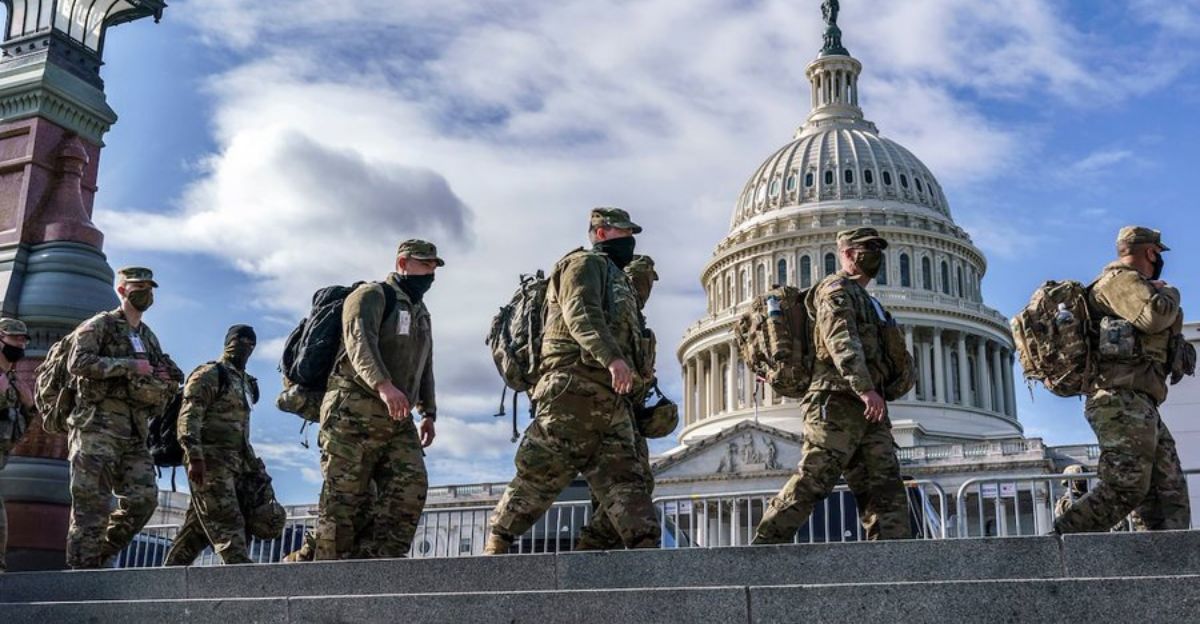
The revocations have cut deeply into the professional expertise pool available to government and private-sector national security projects. Agencies face new gaps in institutional knowledge and capacity, altering career prospects for hundreds who rely on these clearances.
The episode has touched off a national debate over the boundaries of presidential authority, the independence of the intelligence community, and the future of dissent within the American government. These issues will reverberate through politics, law, and national security policy for years to come.